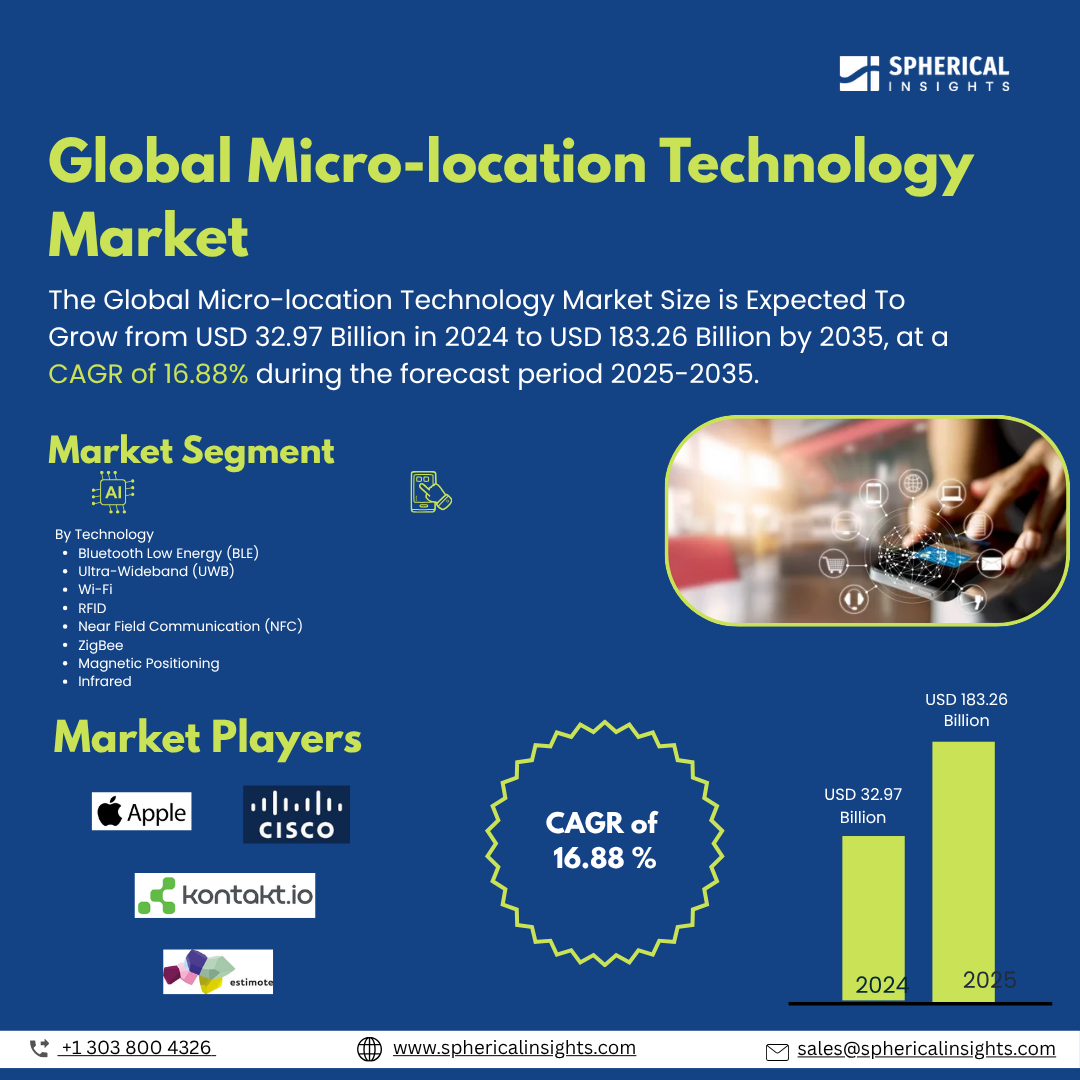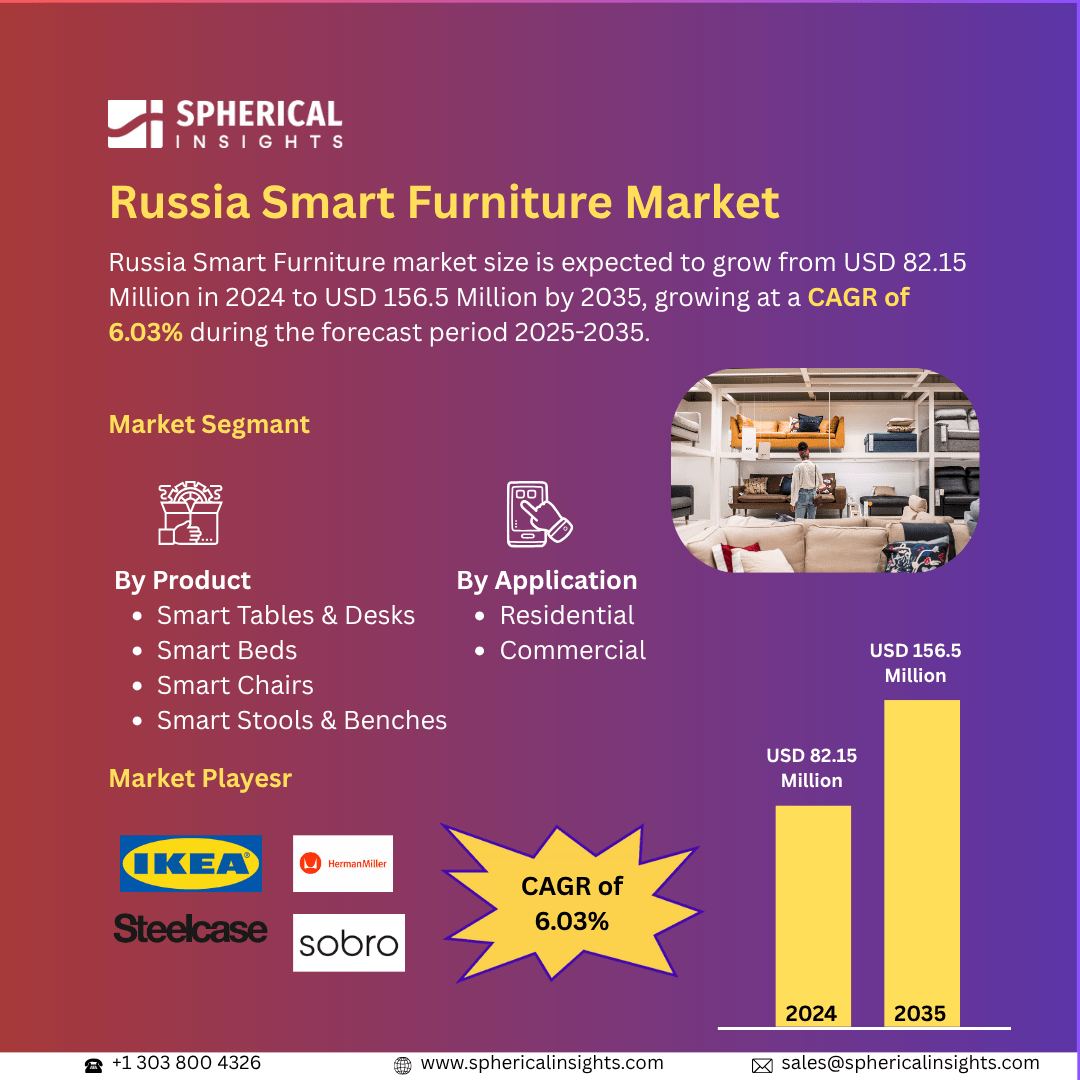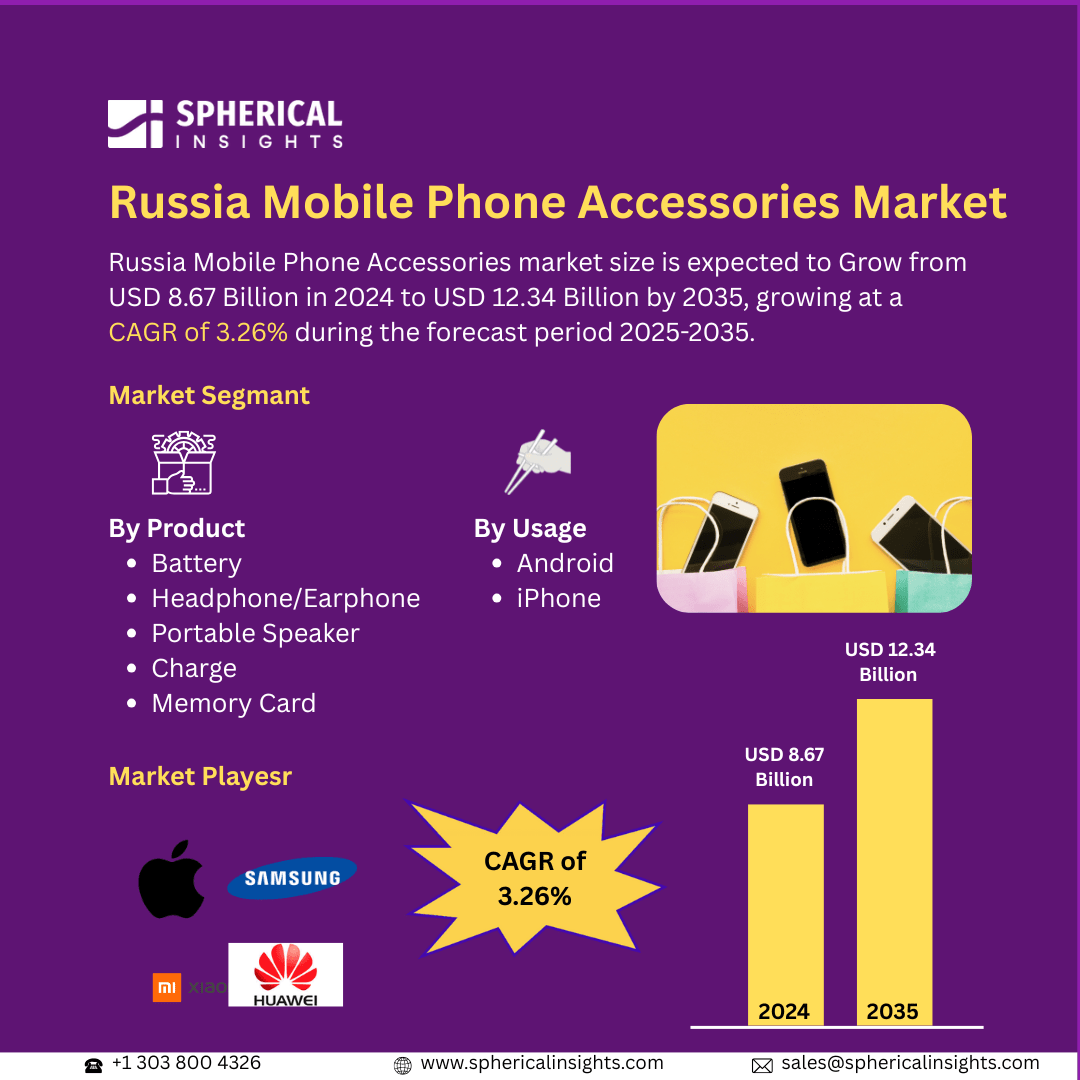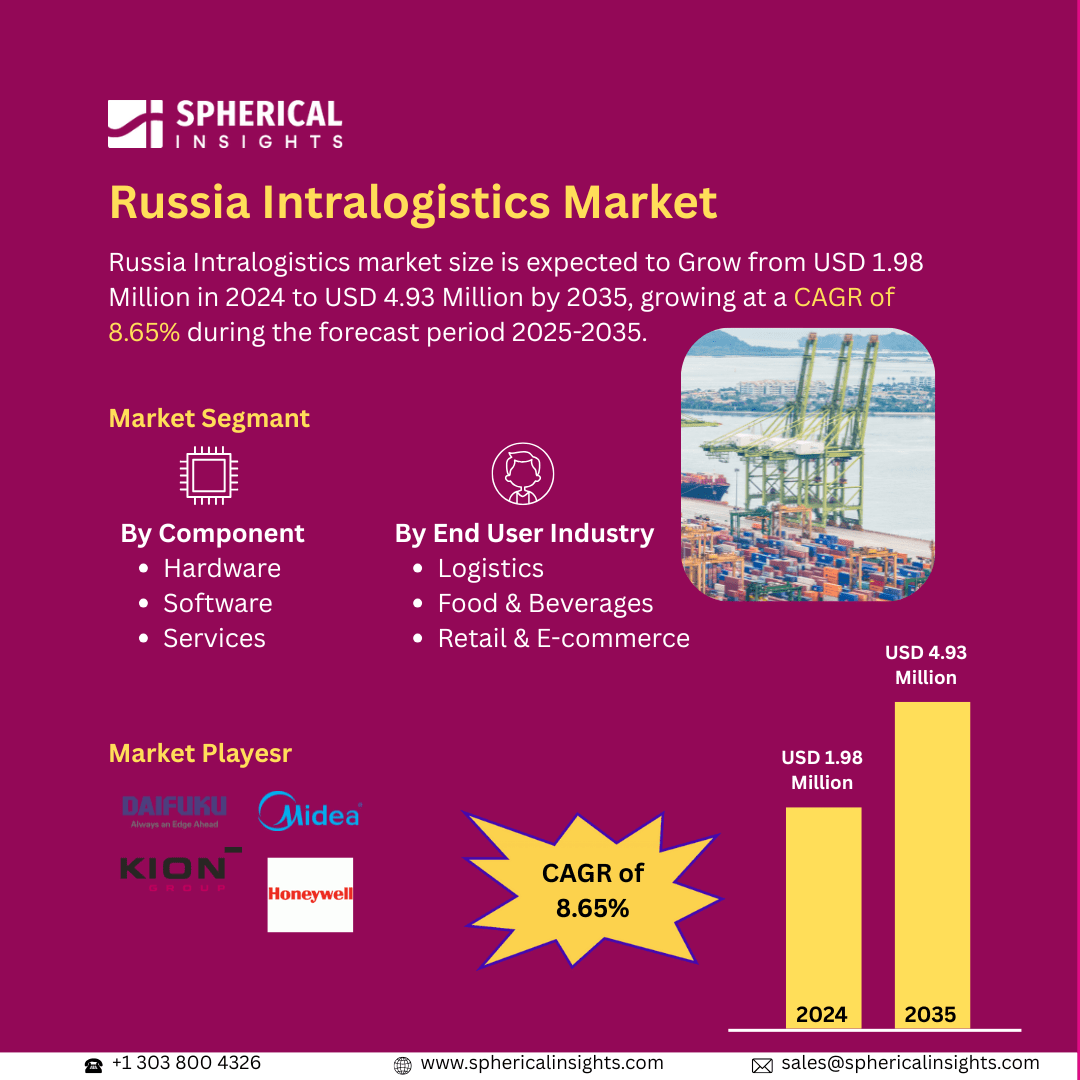Global Micro-location Technology Market Insights Forecasts to 2035
- The Global Micro-location Technology Market Size Was Estimated at USD 32.97 Billion in 2024
- The Market Size is Expected to Grow at a CAGR of around 16.88% from 2025 to 2035
- The Worldwide Micro-location Technology Market Size is Expected to Reach USD 183.26 Billion by 2035
- Asia Pacific is expected to grow the fastest during the forecast period.
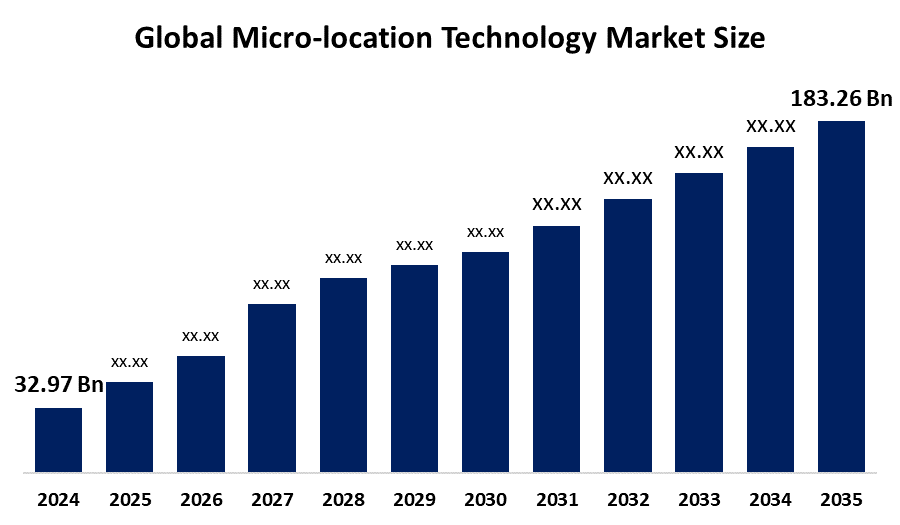
Micro-location Technology Market
Micro-location technology Market Size refers to systems that enable precise tracking and positioning of people or objects within a limited area, typically indoors. Unlike traditional GPS, which is less effective indoors, micro-location solutions use technologies such as Bluetooth Low Energy (BLE), Wi-Fi, Ultra-Wideband (UWB), and RFID to deliver highly accurate location data. These systems are commonly used in environments like shopping malls, hospitals, airports, warehouses, and smart buildings. They support a wide range of applications including asset tracking, indoor navigation, proximity marketing, and workforce management. The technology is increasingly integrated with smartphones, wearables, and IoT devices to provide real-time data and enhance user experiences. Businesses leverage micro-location to improve operational efficiency, safety, and customer engagement. As digital infrastructure becomes more advanced, micro-location solutions are becoming more scalable, reliable, and cost-effective. The market encompasses hardware, software, and services, and it continues to evolve with innovations in sensor technology and data analytics.
Attractive Opportunities in the Micro-location Technology Market
- Combining micro-location technology with AR to create immersive indoor navigation and interactive experiences in places like retail stores, museums, and large venues. This fusion enhances user engagement and offers new ways to deliver location-based content.
- Developing precise indoor tracking systems to improve evacuation planning and coordination of first responders in real time, enhancing safety in emergencies within complex indoor environments such as hospitals and large public buildings.
- Leveraging micro-location in educational campuses for attendance tracking, safety monitoring, and resource management, as well as integrating with robotics and autonomous systems in warehouses and hospitals for accurate movement and task execution.
Global Micro-location Technology Market Dynamics
DRIVER: Rising need for precise indoor positioning in complex environments
A major contributor is the rising need for precise indoor positioning in complex environments like hospitals, airports, and warehouses. As organizations seek greater visibility into asset movement and workforce activity, micro-location systems offer real-time insights that traditional GPS cannot provide indoors. The proliferation of smart devices equipped with Bluetooth Low Energy (BLE), Ultra-Wideband (UWB), and Wi-Fi capabilities has made these solutions more accessible and scalable. Furthermore, the growing integration of micro-location with IoT ecosystems enhances automation, predictive maintenance, and data-driven decision-making. Technological advancements have significantly boosted the accuracy, responsiveness, and energy efficiency of these systems. Businesses are also leveraging location-aware services to deliver hyper-personalized customer experiences and streamline operations. As digital transformation accelerates across industries, demand for intelligent indoor tracking and navigation solutions continues to rise, positioning micro-location as a cornerstone of next-generation smart infrastructure.
RESTRAINT: Concerns over data privacy and security pose significant barriers
Despite its potential, the growth of the global micro-location technology market faces several restraining factors. One major challenge is the high initial cost of deployment, including infrastructure, hardware, and integration with existing systems, which can deter small and medium-sized enterprises. Additionally, concerns over data privacy and security pose significant barriers, particularly when tracking individuals in sensitive environments like hospitals or workplaces. Inconsistent technology standards and lack of interoperability among devices can also hinder seamless implementation across different platforms and vendors. Environmental factors such as signal interference from walls, machinery, or electronic devices may impact accuracy and reliability. Moreover, the need for regular maintenance and system calibration adds to the operational burden. Limited awareness and technical expertise in deploying and managing these systems, especially in developing regions, further slow adoption. These challenges highlight the need for clearer regulations, improved cost-efficiency, and robust security frameworks to support broader acceptance of micro-location technologies.
OPPORTUNITY: Integration of micro-location with augmented reality (AR)
One promising area is the integration of micro-location with augmented reality (AR) to enable immersive indoor navigation and interactive experiences in retail, museums, and large venues. Another opportunity lies in the development of micro-location-enabled emergency response systems, where precise indoor tracking can improve evacuation planning and first responder coordination in real time. There is also potential in the education sector, where smart campus applications can benefit from location-based attendance, safety monitoring, and resource management. Additionally, the integration of micro-location with robotics and autonomous systems opens up new possibilities in automated warehouses and hospitals for precise movement and task execution. As sustainability becomes a priority, energy-efficient facility management using location data can optimize lighting, HVAC, and space utilization. These evolving use cases highlight how micro-location can create value across unconventional domains, encouraging innovation beyond traditional industrial applications.
CHALLENGES: Maintaining consistent accuracy in varied indoor settings is complex
The micro-location technology market faces unique challenges beyond basic restraints. Maintaining consistent accuracy in varied indoor settings is complex due to structural and signal interferences. A lack of unified standards makes system integration across technologies like BLE, UWB, and Wi-Fi difficult. Scalability is another issue, as large-scale deployments require extensive customization. Managing and analyzing real-time location data demands advanced infrastructure, often beyond current IT capabilities. Additionally, user resistance due to privacy concerns and discomfort with constant tracking can hinder adoption. Rapid tech evolution also pressures companies to continuously innovate, straining resources.
Global Micro-location Technology Market Ecosystem Analysis
The global micro-location technology market ecosystem includes hardware manufacturers producing BLE beacons, UWB sensors, RFID tags, and Wi-Fi devices, alongside software firms offering analytics, navigation, and tracking solutions. System integrators customize these technologies for industries like retail, healthcare, and logistics. Cloud providers and IoT platforms support data processing and scalability. End-users benefit from enhanced operations and experiences, while regulatory bodies ensure security, privacy, and interoperability. This interconnected network drives innovation and the widespread adoption of micro-location technologies worldwide.
Based on the technology, the Bluetooth Low Energy (BLE) segment held the largest revenue share over the forecast period
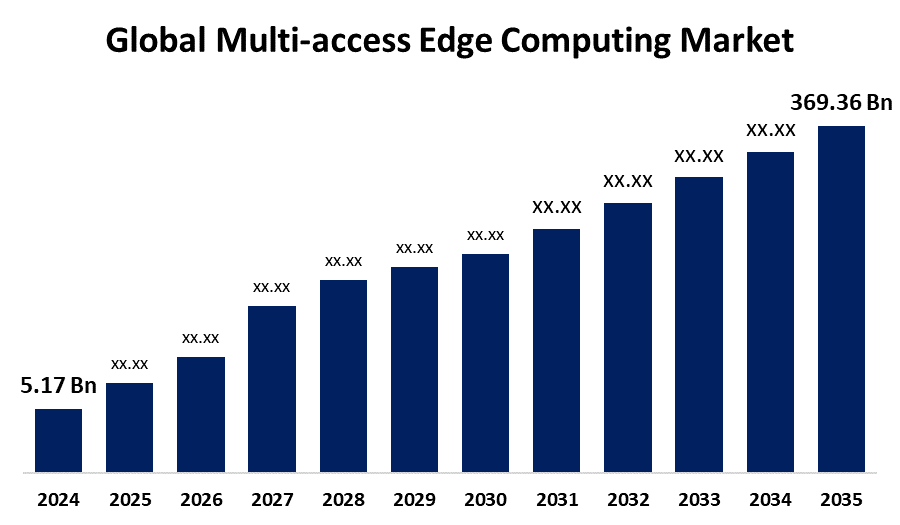
Bluetooth Low Energy (BLE) segment held the largest revenue share throughout the forecast period. BLE’s widespread adoption is driven by its low power consumption, cost-effectiveness, and compatibility with most smartphones and devices, making it ideal for indoor positioning and proximity services. Its ability to provide reliable and accurate micro-location data in various environments such as retail stores, healthcare facilities, and smart buildings has solidified its dominance in the market compared to other technologies like Ultra-Wideband (UWB) and RFID.
Based on the application, the asset tracking & management segment accounted for the highest revenue share during the forecast period
The asset tracking and management segment accounted for the highest revenue share during the forecast period. This is due to the critical need for real-time monitoring and efficient management of valuable assets across industries such as healthcare, logistics, manufacturing, and retail. Micro-location technology enables businesses to reduce losses, optimize asset utilization, and improve operational workflows, making asset tracking a key driver of market revenue compared to other applications like indoor navigation or workforce management.
North America is anticipated to hold the largest market share of the micro-location technology market during the forecast period
North America is anticipated to hold the largest market share in the micro-location technology market during the forecast period. This leadership is attributed to the region’s advanced technological infrastructure, early adoption of innovative solutions, and strong presence of key industry players. Additionally, widespread use of smartphones and IoT devices, along with significant investments in smart building and healthcare sectors, further fuel market growth. The growing demand for enhanced operational efficiency and customer experience in industries like retail and logistics also supports North America’s dominant position in the market.
Asia Pacific is expected to grow at the fastest CAGR in the micro-location technology market during the forecast period
Asia Pacific is expected to grow at the fastest CAGR in the micro-location technology market during the forecast period. Rapid urbanization, increasing digitalization, and expanding industrial sectors in countries like China, India, and Japan are driving this growth. Additionally, rising adoption of smart city initiatives, growing investments in IoT infrastructure, and the expanding retail and healthcare industries contribute to the region’s accelerated market expansion. The increasing awareness of location-based services and improving technological capabilities further support Asia Pacific’s swift rise in the micro-location technology market.
Key Market Players
KEY PLAYERS IN THE MICRO-LOCATION TECHNOLOGY MARKET INCLUDE
- Apple Inc.
- Cisco Systems, Inc.
- Zebra Technologies Corporation
- Estimote, Inc.
- Kontakt.io
- Sewio Networks
- Decawave (Qorvo)
- Versus Technology, Inc.
- Quuppa Oy
- Mist Systems (Juniper Networks)
- Others
Market Segment
This study forecasts revenue at global, regional, and country levels from 2020 to 2035. Spherical Insights has segmented the micro-location technology market based on the below-mentioned segments:
Global Micro-location Technology Market, By Technology
- Bluetooth Low Energy (BLE)
- Ultra-Wideband (UWB)
- Wi-Fi
- RFID
- Near Field Communication (NFC)
- ZigBee
- Magnetic Positioning
- Infrared
Global Micro-location Technology Market, By Application
- Asset Tracking & Management
- Proximity Marketing
- Indoor Navigation
- Workflow Optimization
- Emergency & Security Management
- People Tracking
- Augmented Reality & Gaming
Global Micro-location Technology Market, By Regional Analysis
- North America
- Europe
- Germany
- UK
- France
- Italy
- Spain
- Russia
- Rest of Europe
- Asia Pacific
- China
- Japan
- India
- South Korea
- Australia
- Rest of Asia Pacific
- South America
- Brazil
- Argentina
- Rest of South America
- Middle East & Africa
- UAE
- Saudi Arabia
- Qatar
- South Africa
- Rest of the Middle East & Africa
